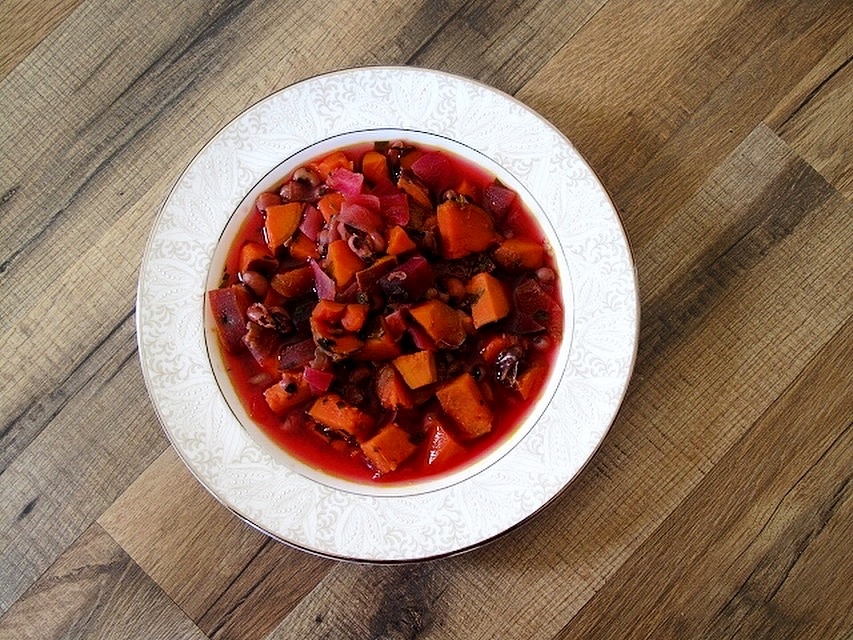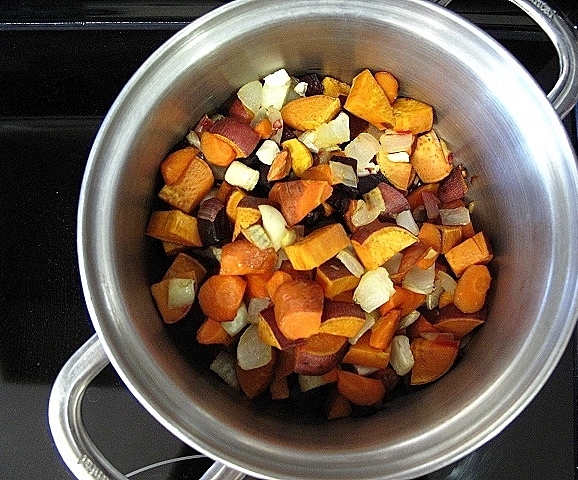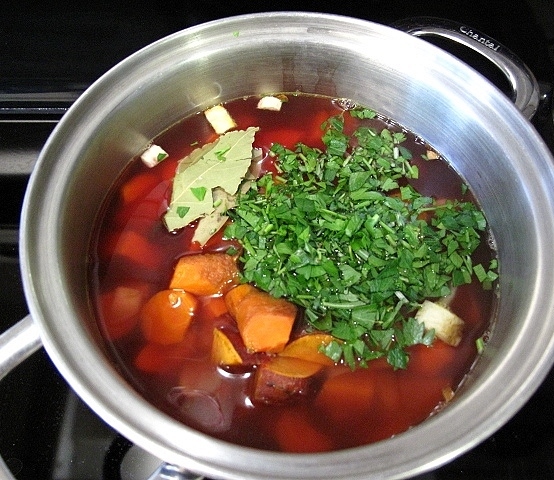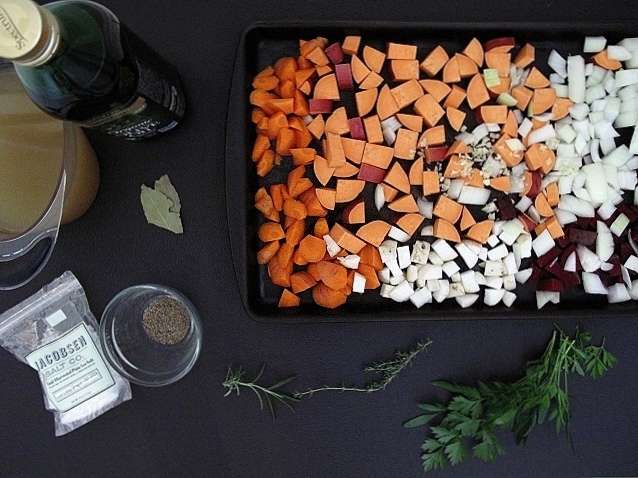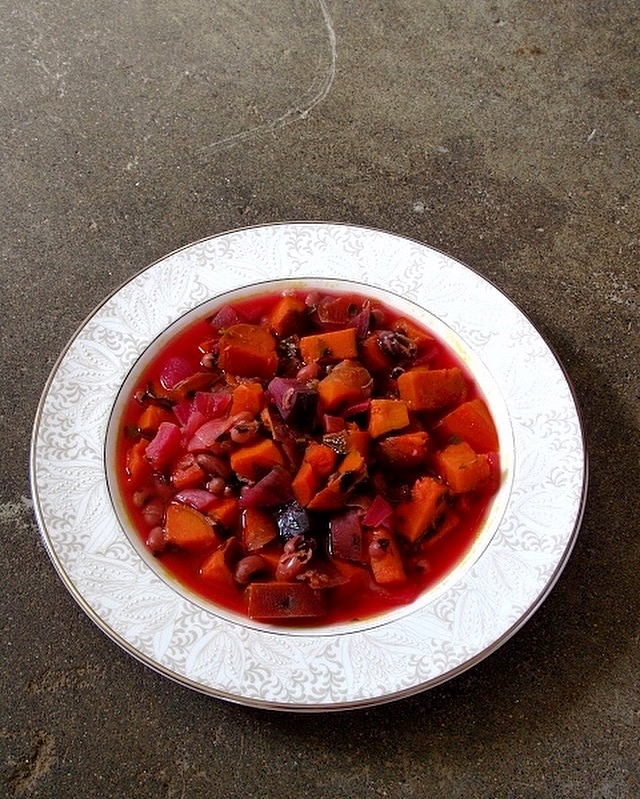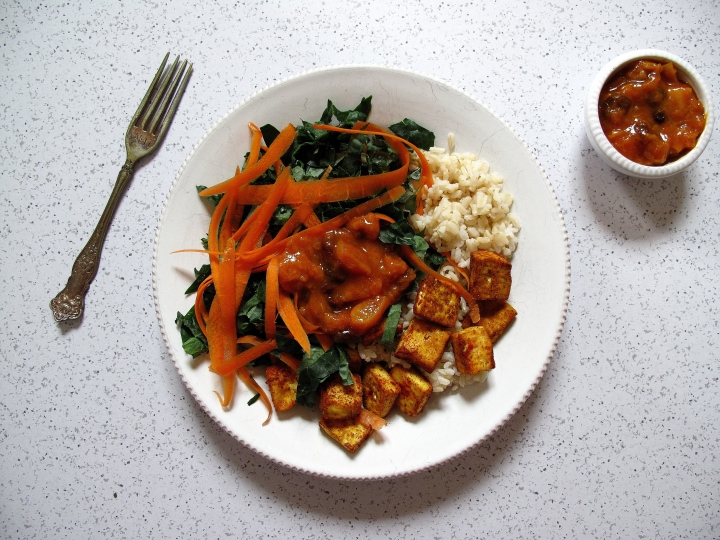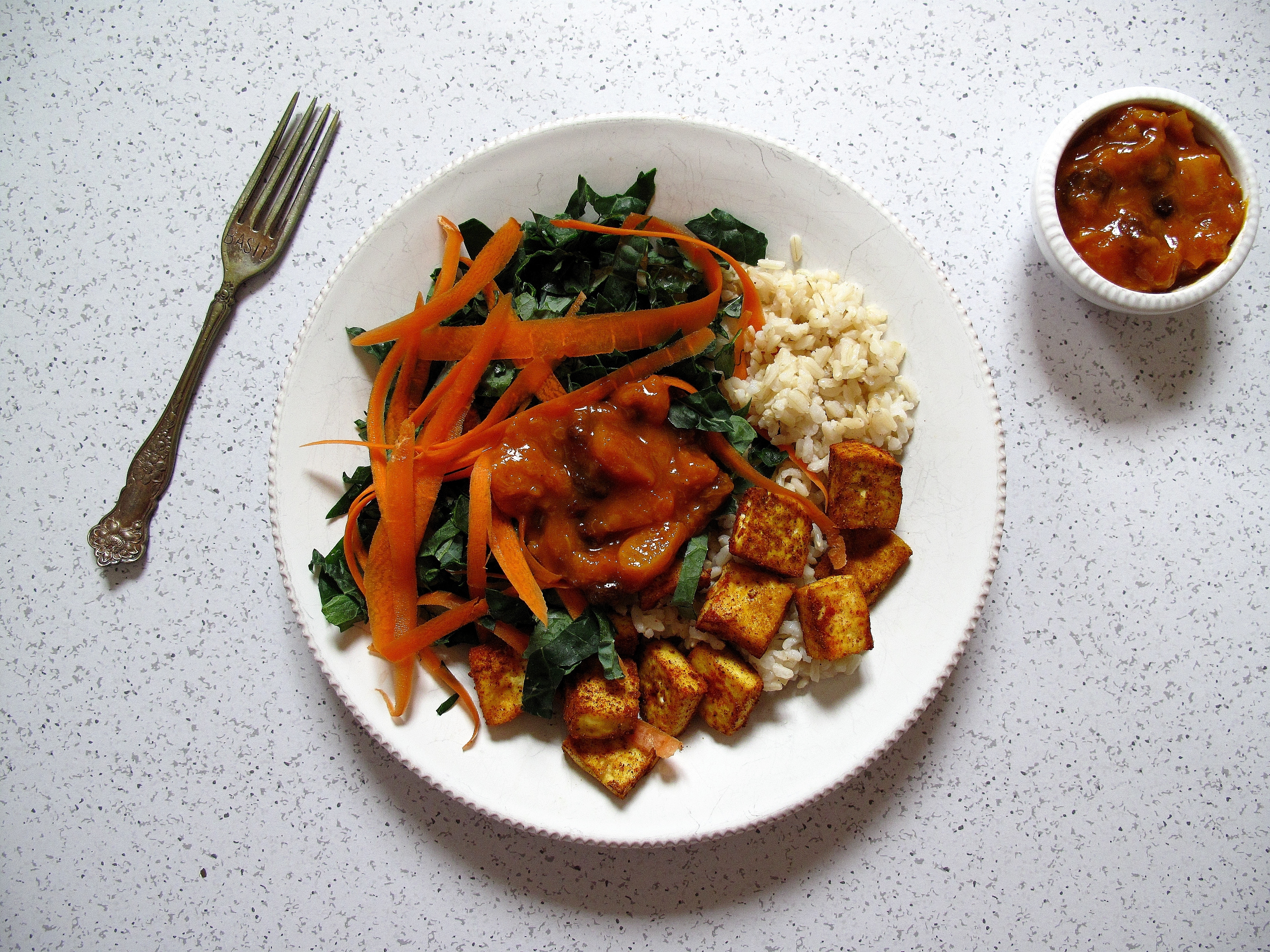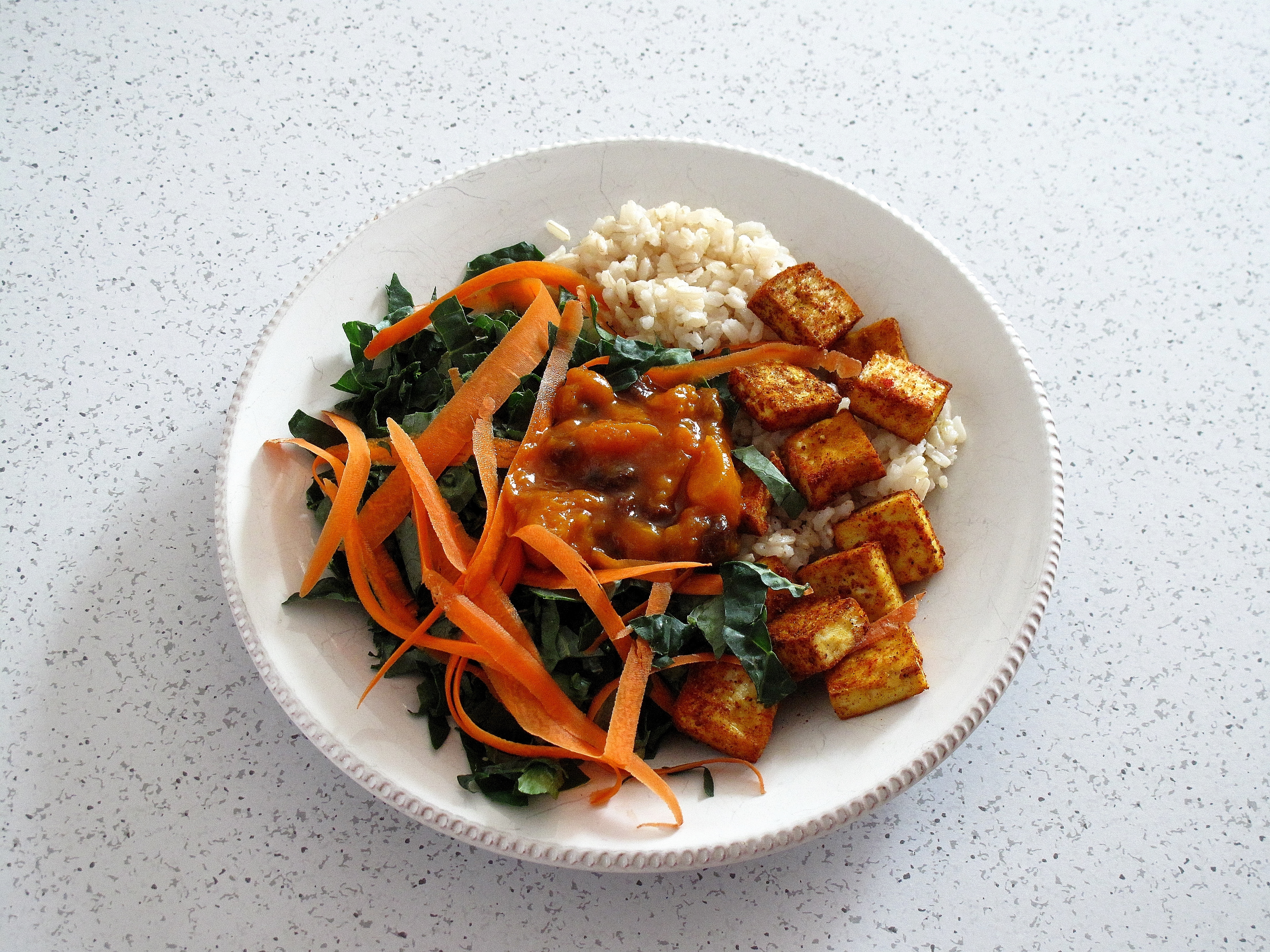
I fell down on my trail run today. It happened as it does, a little trip over a big rock and then skidding in slow motion as I attempted to catch myself before I hit the ground. Hard. I’ve relegated my trail runs lately to the hill and trail behind my house, which happens to be a little sketchy in sections with giant, difficult to navigate old-access-road gravel. Just the section I fell on as I headed down the hill near the end of the whole pursuit. I got up quickly, didn’t even brush myself off, and began on my way again before a neighbor in the distance stopped to make sure I was okay. I’m fine. Haven’t fallen in a while so I guess I was due. Well, just your pride’s bruised then anyway, he said. Haha, well no. I fall down every once in a while. It happens. I’m fine, I assured him.
A few minutes later and closer to my house, I looked down and realized I’d shredded the entire palm of one of my gloves on the rocks. And my other palm, the one that had taken more of the brunt of the fall, was throbbing. Scrapes and bruises already appearing along the length of my hip and shin as I got back home.

I guess I really have threaded deep roots into the just get back in the saddle lessons and it’s a long way from your hearts that my dad had on repeat throughout my youth.
Chin up. Shake it off. Get back in the [actual] saddle. Keep going.
Before I go any further I’ll clarify that I’m certainly very human. I fall down and fail a lot. I run in mental circles of doubt or fear or avoid big things I don’t want to think about. And I tend to be quite susceptible or tuned into other’s energy states — so the past few weeks have affected me quite a bit. But the big moments in life where I learned the most about myself and what is important to focus on was when I tuned out the noise and energy around me and tapped into what I felt, what I knew to be true, and found peace and trust amidst the chaos and unknowing. That peace and trust has been more or less my status quo emotion / mindset the last several days.
It’s in times like these, with everything around us up in the air, that I recall moments of actually getting back in the saddle from my youth. When my horse bucked me off during our moment in the spotlight during the championship class at spring junior show all those years ago. When she did the same (which kind of was her habit — we made a good pair of two strong / determined personalities) at a routine lesson with my dressage coach. Both times landing me on my back with a sudden whiplash after that slow motion almost staying upright fall. And getting up just as soon as I hit the ground, launching more determinedly back to the task at hand. Fairly exactly like in trail running.
Anyways, I share all this because I think it’s in times when we’re knocked out of the norm of our comfort level, when we’re literally shockwaved into a new reality, that our ability to deal with more than we considered we could and our determination to do so, becomes clear.
One example of this that’s crystal clear to me is in my local food producers and restaurant industry. From two weeks ago being mostly shut down to already having several local partnerships that have pivoted into creating local food hubs for online ordering and distribution. Farmers and food producers rallying to support their community and their livelihoods in record time. From the extreme cautions that our local grocery stores are going to, inserting protecting barriers for their clerks on the front lines, to wiping down every cart and every surface after each customer, and on. And on.
I wrote a couple weeks ago about focusing on the good things instead of what isn’t going well. So I’ll share one of the good lately. Our farmers market is considered a grocery store – so still open with a few precautionary changes, thus allowing our local farmers to keep going. I encourage you to support yours however you can because good food and resilient local food systems are essential in these times. And thanks to marrying into a partnership that had strong visions of growing our own as much as possible, these spring carrots I’ll encourage you to seek out and roast up are a product of our back yard, a deserted and ugly dog run when we began with it. Planted and tended by one last fall (that’s William), and pulled from their dirty soil home, scrubbed clean, sliced, seasoned and roasted by the other (that’s me.) It never ceases to amaze me what can grow from essentially nothing.

So if you find yourself needing some assurance through this (whatever this is to you in your current situation), let me remind you:
Chin up. Shake it off. Get back in the saddle. Put your hands in the dirt or nutritious food around you. Keep going. You have everything you need to know in this moment. You’ve been given no more than you can handle.

Spring Roasted Carrots, makes about 3-4 side-dish servings
Spring carrots, if you have access to them, are more tender and generally a lot more tasty than the giant fibrous ones shipped from California and the like. For access to all their carroty nutritious goodness, I strongly recommend finding the locally grown ones, since many nutrients break down and are lost after months or weeks in cold storage. Because they’re more tender, I also think they’re best when you roast them so they still have a little bite to them, like al dente pasta, which is less-cooked than I enjoy carrots in the fall or winter.
1 large bunch or 1 pound tender young carrots, sliced in half and perhaps quarters.
1-3 tsp. coconut oil
thyme, minced rosemary or sage (you choose one or all)
salt and pepper, to taste
- Preheat the oven to 400 degrees F while washing and slicing the carrots. Toss them together on a baking tray with the seasonings and and a little oil.
- Roast until just al dente, about 20-25 minutes, depending on their size.
If you enjoyed this, I’ve been sharing a few practical resources and video posts over on my E+O Facebook page about how to navigate these times with resiliency and less anxiety / fear, and am currently taking new nutrition clients. Be well.

